Grylls warns against losing gas jobs - ABC News (Australian Broadcasting Corporation):

He says the application to build an 850-person workers' camp just north of Broome is a promising sign, as long as the benefits flow back into the town.
"I think there is the need for some economic activity," he said.
"We're hopeful that that positive impact will come. I welcome the fact that this project is progressing and that the workers facility is planned and underway.
"Well it's probably more difficult but the asset is there, the resource is there and I think world needs gas.
"That's where we're at, it's a difficult, complex project but I'm still confident it'll go ahead."

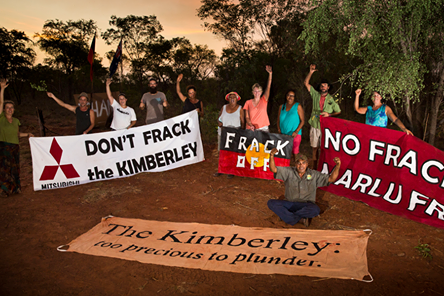


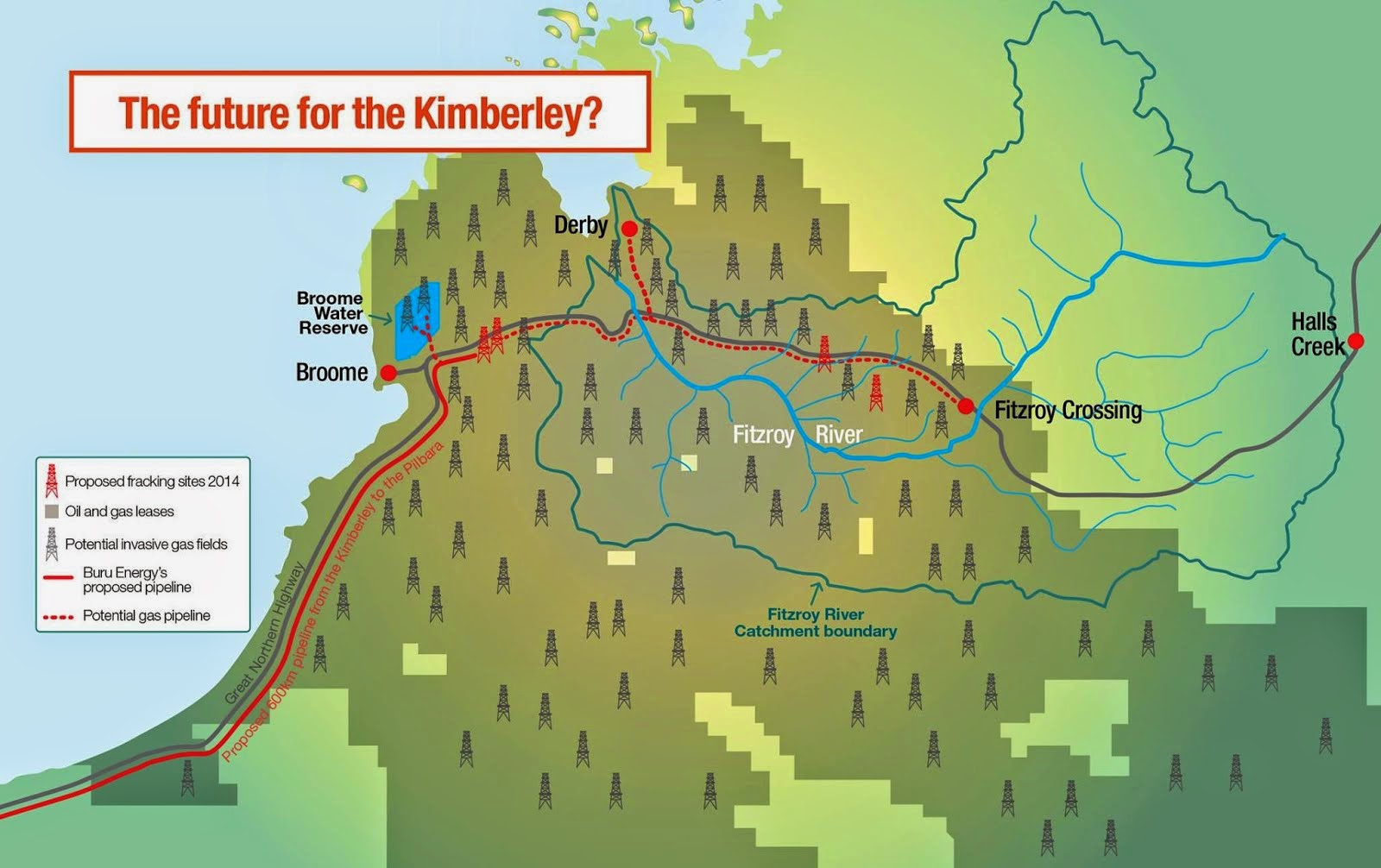











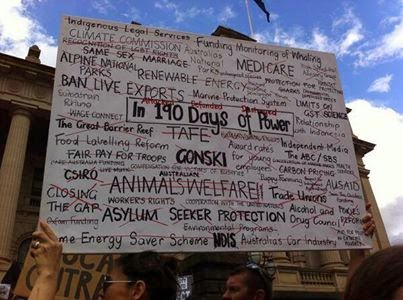


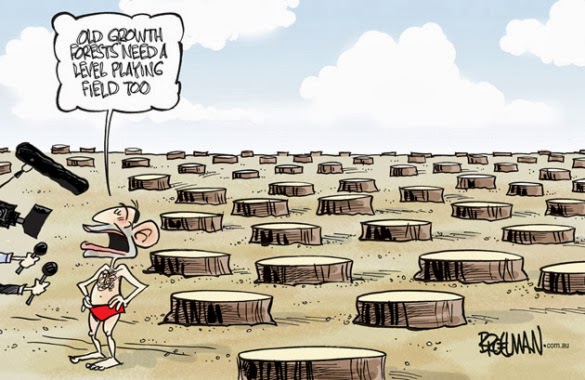
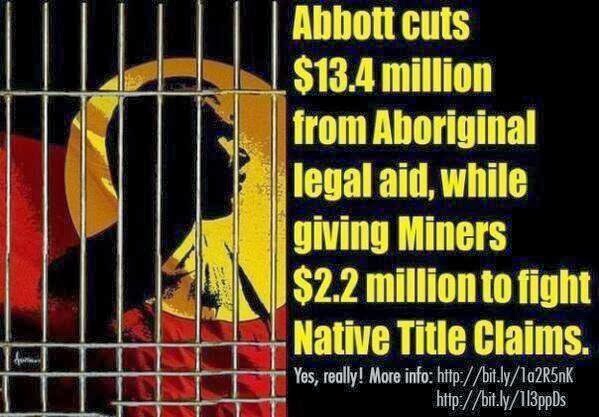
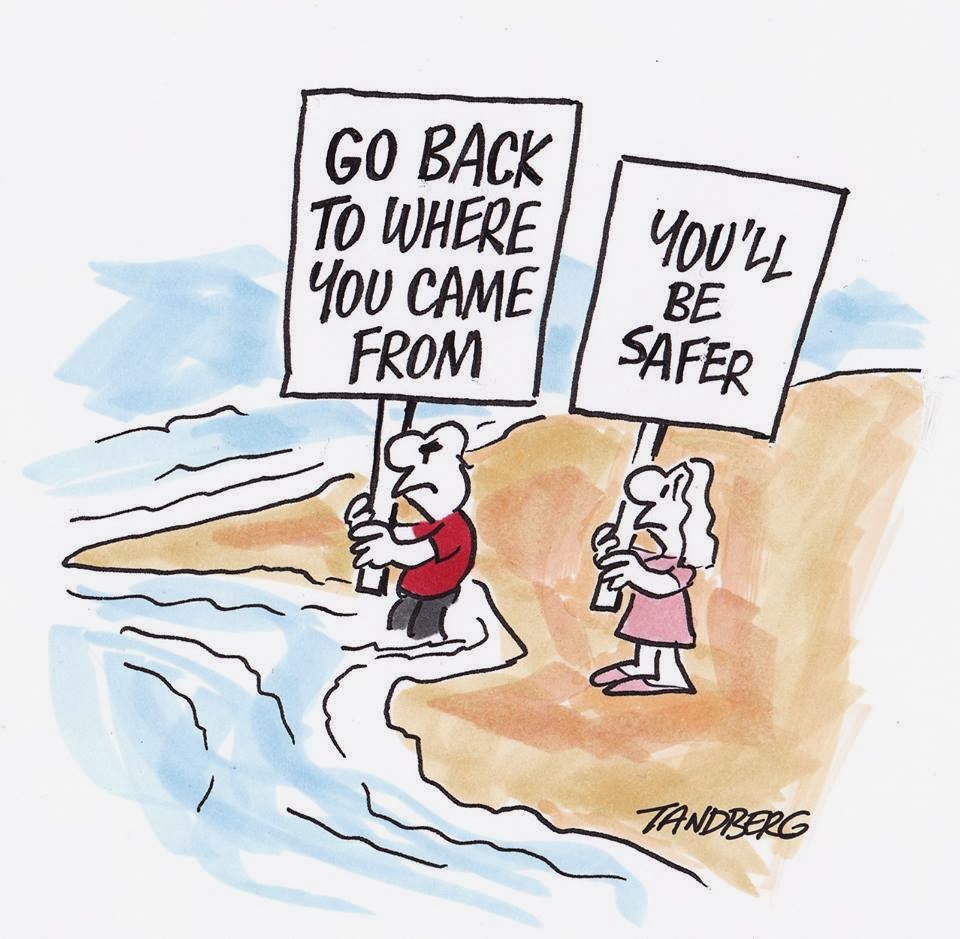

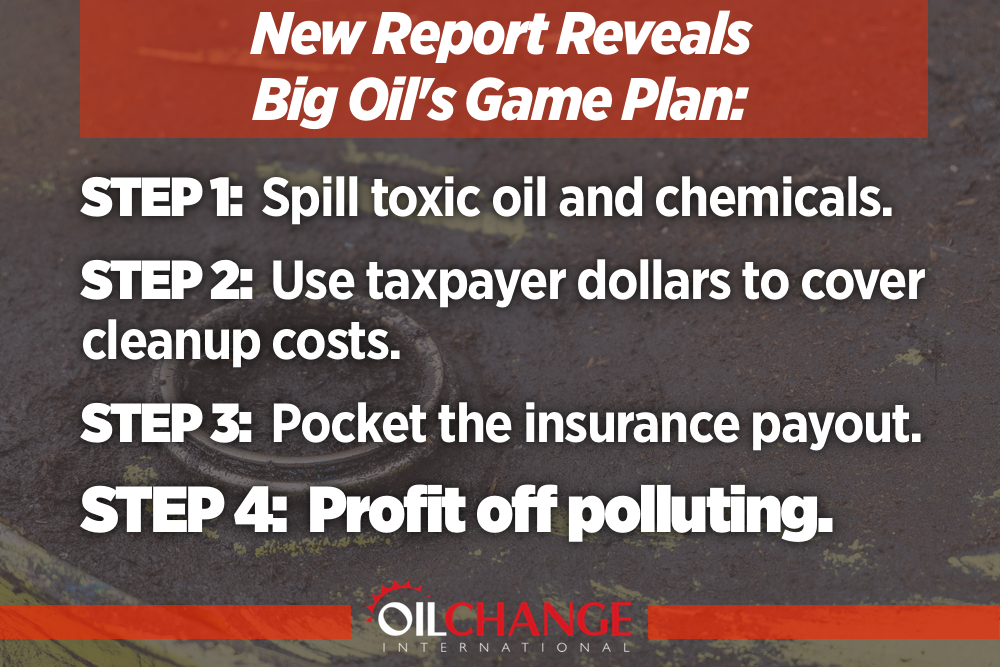
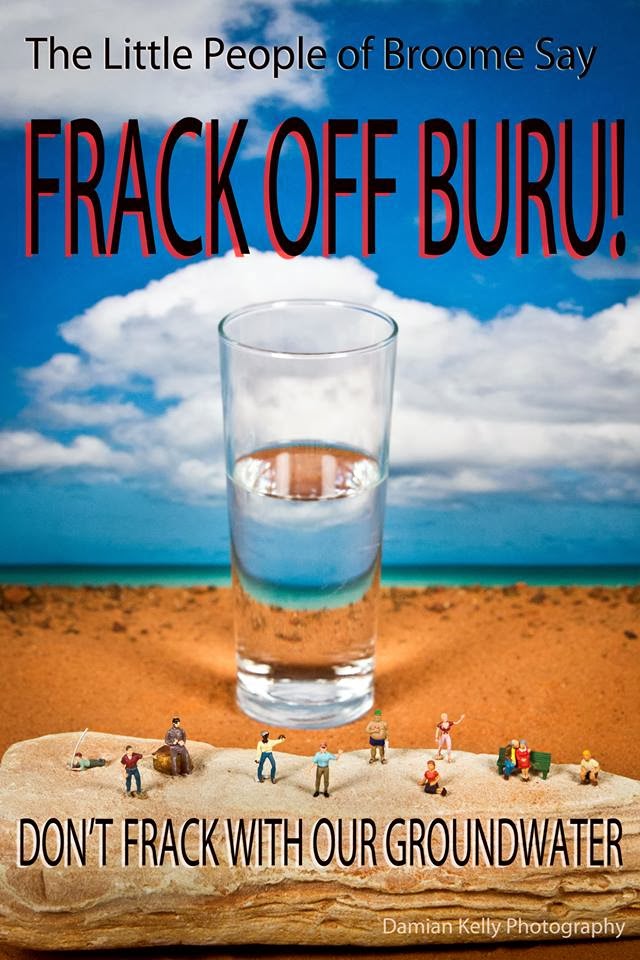

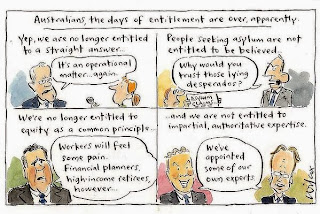



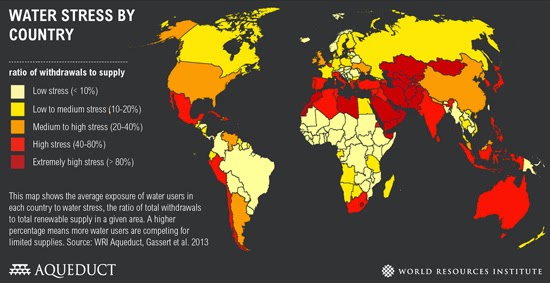

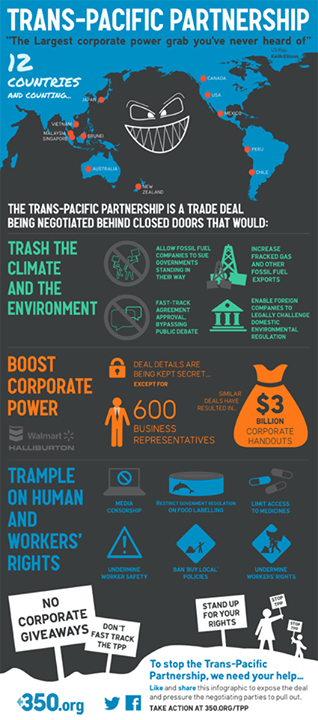













 Photo Damian Kelly
Photo Damian Kelly











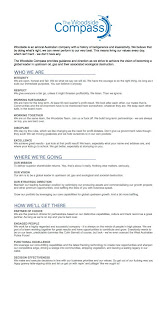






























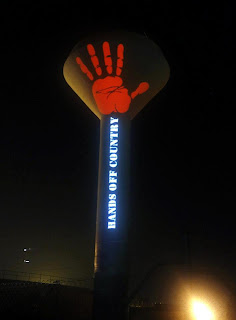





This comment has been removed by the author.
ReplyDeleteEven Warren Mundine,the chief executive of Mr Forrest's GenerationOne,has to admit mining is not a big employer in Australia as the Indigenous percentage begins to approach the national percentage.
ReplyDeleteApprox. 1.6% for all Australians.
Private sector closing jobs gap as indigenous work rises
..... between 2006 and 2011, the employment rate increased by 13 per cent in remote areas and 3 per cent in non-remote areas for the nation's first people.
..
Between the 2006 and 2011 censuses the indigenous population count increased by 20.5 per cent partly due to changes in people identifying themselves as indigenous.
..
Mundine : .....The private sector has been the driving force behind the changes in indigenous employment.
" I am cautious not to be marching in the victory parade just yet.
"Until indigenous employment figures match non-indigenous employment figures we will continue to argue that VTEC is the way to support long term unemployed people into jobs."
Vocational Training and Employment centres are a model Mr Mundine is pushing with Mr Forrest to roll out nationally. They only provide training that is linked to an identified job that's been promised by a company.
..
The census analysis finds indigenous employment in the mining sector increased substantially between 2006 and 2011, EVEN IF MINING EMPLOYMENT REMAINED A RELATIVELY MINOR CONTRIBUTOR TO OVERALL EMPLOYMENT. In remote areas the increase has been driven by increases in private sector employment. In non-remote areas the proportion in the private sector did not change.
Professor Gray said there have been increases in indigenous employment in virtually all industries. "The biggest increases have been in health, education and other services, mining, construction, transport, hospitality and retail trade," he said.
..
The percentage of indigenous males and females employed in mining more than doubled in remote areas. Employment in mining also increased in non-remote areas, most likely associated with greater utilisation of fly-in fly-out workers.
The number of indigenous miners increased in both areas from approximately 1400 and 1900 respectively in 2006 to 3100 and 4400 in 2011.
"While this is still a small portion of the overall indigenous workforce in Australia, it is a significant portion of indigenous employment in particular regions.
"Indigenous involvement in mining increased substantially as a percentage of all indigenous employment and is now closer to the percentage of mining employment for overall Australian employment," the paper says.
..
And despite the substantial job loss in the agriculture, forestry and fishing industries across Australia, indigenous workers in that sector also fared relatively well compared to other Australians.
In remote areas, the agriculture, forestry and fishing industries lost almost 9000 jobs between the last two censuses, but more indigenous people were employed in that sector in 2011 compared to 2006.
...............................
Mines jobs peak, but still just 1.6%
DateJune 18, 2010
EMPLOYMENT in mining has shot to a record high, but the industry remains a pint-sized generator of jobs.
Employing just 179,400 Australians, mining is outranked by all but one of the 19 industry groupings used by the Bureau of Statistics. Even ''arts and recreation'', employing 193,400 people, is a greater provider of jobs.
Australia's top employer, health and aged care now provides jobs to 1.2 million Australians, retail remains in second place, employing 1.18 million and construction moves into third place employing a record 1 million workers.
Manufacturing continues to shrink, employing a record-low 972,000 in May - just 8 per cent of the workforce.
Mining employs 1.6 per cent nationwide.
Only in Western Australia is mining a significant employer, providing 6 per cent of that state's jobs. In NSW it employs less than 1 per cent, in Victoria less than 0.5 per cent.
"...1400 and 1900 respectively in 2006 to 3100 and 4400 in 2011."
DeleteIncreased by 500 over 5 years in remote areas.
Increased by 1300 over 5 years in non remote.
"...indigenous employment and is now closer to the percentage of mining employment for overall Australian employment"
Wonder what percentage that is?
1% ?
No wonder the Rio boss got the sack.
ReplyDeleteThis is the biggest loss on an acquisition for any company,anywhere,ever.
"From an investor's point of view, they've almost written off $US30bn on the aluminium acquisition, which is pretty close to 80 per cent of what they paid for it," Mr Barker said.
"It's about the same size as the market cap of their Australian arm and it's about the same size as Woodside.
"They could have used the money to buy Woodside."
Gas may have saved the yanks,but no way will it save Australia.
ReplyDeleteLOOMING gas shortages for industry and households will create a sharp political divide in the coming federal election, with the Coalition advocating government intervention while Labor says market forces will address the problems.
Executives from major industrial users have told The Weekend Australian they have been unable to secure new supply contracts from 2015 onwards because gas producers are devoting all their available resources to the export market.
They predict the eastern states will literally run out of gas within two years. The pressures will intensify from next year when the first of the big three liquefied natural gas plants at Gladstone begins exporting.
Brickworks, Australia's largest brick and tile manufacturer, has already been hit with a 100 per cent increase in its gas costs and now faces the prospect of not being able to renew supply contracts from 2015.
Another major gas user, which asked not to be named, said Australia's main domestic producers had steadfastly refused to renew existing supply contracts over the past three years because they were switching to the export market.
..
Brickworks managing director Lindsay Partridge said the prospect of running out of gas amounted to a massive public policy failure by governments, especially when compared with the US, which reserved gas for the domestic market.
"The failure in public policy wouldn't be so bad if there wasn't such a glaring success in public policy on the other side of the Pacific," he said. "How is it that America has so much abundant cheap gas for its local manufacturing, whereas Australia is effectively shutting down manufacturing to export gas?"
Major gas user Incitec Pivot, which makes fertiliser and ammonium nitrate, has already flagged an expansion in the US rather than Australia because of that country's cheap gas.
..
The Coalition's resources spokesman Ian Macfarlane says that in government he would promote "acreage reservation" which would involve setting aside new fields for the domestic market.
Resources Minister Martin Ferguson says the market will respond to higher prices by developing new fields. He said Australia's vast resources of shale gas could be a new source of gas supply and predicted a shale gas boom like the one under way in the US.
Mr Ferguson is vehemently opposed to a reservation policy for Australia.
Western Australia has had a reservation policy since 2006 and which has gained strong support from industry.
Tracking ghost nets.
ReplyDeleteScientists and Indigenous ranger groups are working together to track where so-called ghost nets are travelling in Australian waters.
Thousands of abandoned fishing nets have washed up on shores across northern Australia in the past few years.
The ghost nets capture marine life and have a devastating impact across Queensland and the Northern Territory.
Dr Denise Hardesty from the CSIRO says data collected by Aboriginal rangers and information on ocean currents is helping researchers identify hotspots where the nets are ending up.
"We seem to have a large number of nets that enter the Gulf, moving in a clockwise position and they wash up on the shores in different areas," she said.
She says the study is helping to pinpoint where ghost nets can be intercepted before they begin to trap marine life, like turtles.
"So that we can really identify what is that impact of these derelict fishing nets on our marine biodiversity, we look to see where the nets wash up," she said.
"And then we use oceanographic models and we cast from those models to say where in the marine environment have those nets been?"
Yoko Ono, Fellow Artists Against Fracking Tour Pennsylvania, Warn Of Disaster If New York Is Next
ReplyDeleteDIMOCK, Pa. -- Josh Fox, director of the Oscar-winning documentary Gasland, stood at the front of the bus peering down the aisle, past Yoko Ono and Susan Sarandon, and out the back window.
A caravan of cars were trailing the Artists Against Fracking tour bus up a winding dirt road in northeastern Pennsylvania.
"Looks like we've got an escort from the industry," Fox said to the celebrities, advocates and media who had boarded the bus from New York City Thursday morning to get a first-hand look at what's at stake with Gov. Andrew Cuomo's looming fracking decision. Pennsylvania already has years of experience with natural gas operations, and controversy continues over cases of water contamination and families who believe they are sick as a result of fracking on or near their land.
Fox calls this part of Pennsylvania, particularly the small town of Dimock, the "canary in the coal mine" for natural gas.
In one of the trailing cars sat Scott Miller, a community relations representative for WPX Energy, who had urged the bus driver not to continue up the road toward a natural gas operation. He said the tour would disturb the neighbors. In another car was Tom Shephard, campaign director for Energy In Depth, an outreach group that represents oil and natural gas producers. At the Franklin Forks fracking site, up the road, he stepped out with the group.
"I just want to see what they are saying," said Shephard, who continued to keep watch throughout the day. "It's ironic that entertainment people are coming out here. It's just a trendy cause. They have no stake in this."
Those entertainment people begged to differ.
Fracking Hell.
ReplyDeleteWhy a Town of 9/11 Survivors Is Fearful Their Community Will Be a Natural Gas Sacrifice Zone
Minisink, NY may become a high-risk zone for gas explosions and contamination, thanks to a plan to build a major compressor station for a gas pipeline--smack in the center of town.
When some 9/11 responders--many with health issues from that crisis--sought to regain their health, many settled in the small town of "Guns and Hoses," the nickname of Minisink, N.Y. The many police and firemen who live there (in keeping with residency parameters imposed on NYC emergency service employees) never could have foreseen that within a few years, Minisink (located north of NYC) would become a high-risk zone for gas explosions and contamination, thanks to a plan to build a major compressor station for a gas pipeline--smack in the center of town.
Wherever it is drilled, shale gas travels all across the country. The gas is carried to and fro via miles and miles of pipeline slated for construction as part of a multi-billion dollar investment in infrastructures necessary for a conversion to the use of shale gas. This investment is being made even though the Security and Exchange Commission (SEC) has determined that current rates of gas output reveal that the available gas reserves can only fill U.S. energy needs--not for the fictional one hundred years--but for a mere dozen years at best.
Therefore, as Bill Moyers and Chris Hedges discussed in a July 2012 "Moyers & Company"--some American communities are quietly being redefined as "sacrifice zones" which are "destroyed for quarterly profit. We're talking about environmentally destroyed, communities destroyed, human beings destroyed, families destroyed," Hedges told Moyers.
..
While the Minisink plan is being undertaken with minimal forethought or plan to minimize damage, what makes Minisink different is that many of its residents are Ground Zero first responders and survivors who know what can happen to the health of people in target zones. Due to the high rates in respiratory disease and cancers following toxic inhalations at the original Ground Zero, the 9/11 first responders residing in Minisink have direct personal experience of the health dangers posed by explosions and contamination. That's why the town's opposition is near unanimous.
..
The plan for a $43 million compressor station to be built by NiSource over-rides the town's pre-existing zoning along with the wishes of over 90% of its citizens says Pramilla Malick of Stop MCS, a local grassroots organization which works with the Minisink community. Eight hundred people have registered critical comments with the Federal Energy Regulatory Commission (FERC), which regulates pipelines. The compressor station, which if constructed would abut the property of a 9/11 widow, would generate high decibel noise 24/7 and emit the same carcinogenic and neurotoxic chemicals which a 2010 Colorado School of Public Health study found increased cancer levels near gas drilling sites.
PREMONITIONS FOR THE FITZROY VALLEY?
ReplyDeleteComment sought on 4,250-well Wyoming gas project
WASHINGTON, DC, Jan. 18
01/18/2013
The US Bureau of Land Management is seeking comment on a proposed Wyoming natural gas development involving up to 4,250 wells on 265,000 acres in Fremont, Natrona, and Sweetwater counties. It also wants comments on possibly amending the 2007 Casper Resource Management Plan, which could be required for the project, it added, BLM’s Lander field office said on Jan. 17.
The US Department of the Interior agency plans to initiate an environmental impact statement for the development, which Encana Oil & Gas (USA) Inc. and Burlington Resources Oil & Gas Co. LP have proposed. BLM administers 169,500 acres of the land that would be involved, and the southern portion of a proposed pipeline would cross federal land in Sweetwater County, it said.
It also has scheduled public meetings on the project, issues to be addressed in the EIS, and the possible amendment of the Casper RMP on Feb. 12 in Casper, Feb. 13 in Lander, and Feb. 14 in Riverton. Comments will be accepted until through Mar. 7, BLM said.
The companies also propose to construct gas processing facilities and a new pipeline to transport natural gas and natural gas liquids to market pipelines near Wamsutter, Wyo., about 100 miles south of the project area.
Worries as price gap widens.
ReplyDeleteQuestions asked as LNG regional price gap widens and spreads into other markets
Friday, 18 January 2013
LNG price differentials widened in the past year as East Asian prices linked to crude oil were last month and earlier ranging from $16 to $18 per million British thermal units
.....
Explanation :
Even though oil and gas is the most traded product in the Asia Pacific region, there is virtually no energy trade across the Pacific. A new report released Sept. 29 in Washington by the Pacific Economic Co-operation Council (PECC) suggests that this anomaly could soon be corrected, resulting in an export bonanza for North America, more secure supplies of energy for Asia, and lower greenhouse gas emissions for the region.
..
The effect of the North American gas glut, coupled with a surge in Asian demand, has been to widen natural gas price differentials between North America and Asia. Historically, natural gas in Asia has been priced at a premium relative to North American natural gas because of limited competition, long-term contracts, and indexation to oil prices. In recent years, the price differentials have widened considerably, with the current gap between the Japan contract price and the (North American) Henry Hub price in 2011 at an astonishing $12.50/MMBtu.
Even taking into account the higher cost of shale gas production, the substantial investments required to build pipelines and liquefaction plants, and the transportation cost of shipping LNG across the Pacific, North American gas could be competitive in Asia against existing suppliers, or at the very least serve as a secondary source of supply for Northeast Asian countries looking to diversify their energy imports or seeking more secure sources.
At current prices, the break-even export price is estimated to be around $9.60 (U.S)/MMBtu for U.S. Gulf Coast terminals and $7.40 (U.S.)/MMBtu for Canadian export terminals, both of which are comfortably below the recent Japanese contract price of $16.70(U.S.)/MMBtu.
The report also points to the possibility of North American oil exports to Asia, with shipments from Canada seen as more likely than exports from the U.S. “Currently Canada is almost entirely reliant on a single market … with exports to the U.S. accounting for close to 98 per cent of its overall oil exports. Exporting oil to Asia would provide Canada with the benefits of diversification and reduce its reliance on a single market for oil.”
.........................
Spanish energy company Repsol is expected to complete the sale soon of LNG assets for around $3 billion, including liquefaction plant stakes in Trinidad and Peru, as it reorganizes its business after the seizure of its YPF holdings by Argentina that included half of its oil reserves.
......................
Jan 18 (LNGJ) - LNG producer Petronas of Malaysia said it made new oil and gas discoveries onshore Sarawak. The well was drilled by Japanese company JX Nippon Oil and Gas Exploration. Two drill-stem tests achieved flow rates of 440 barrels of crude oil per day and 11.5 million standard cubic feet of gas per day. Three months ago, the company revealed two major natural gas discoveries offshore Sarawak with potential for 4 trillion cubic feet of reserves.
This comment has been removed by a blog administrator.
ReplyDeleteThis comment has been removed by the author.
ReplyDeleteVery nice post, thanks for the posting.
ReplyDeleteVery interesting and informative post.. What a nice information you shared. Thank you so much for sharing a great post and experiences.
ReplyDeletedirectional drilling in rock